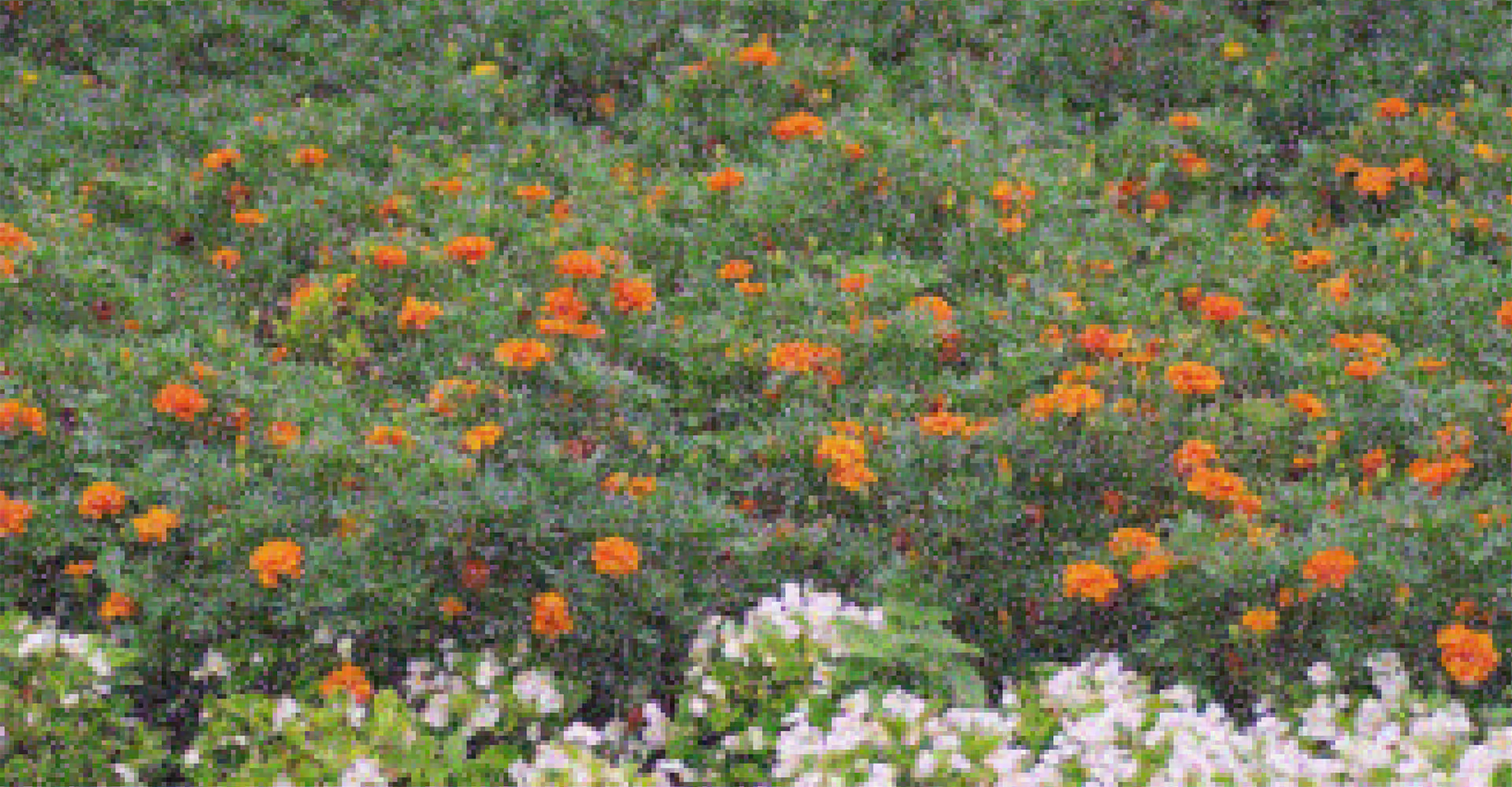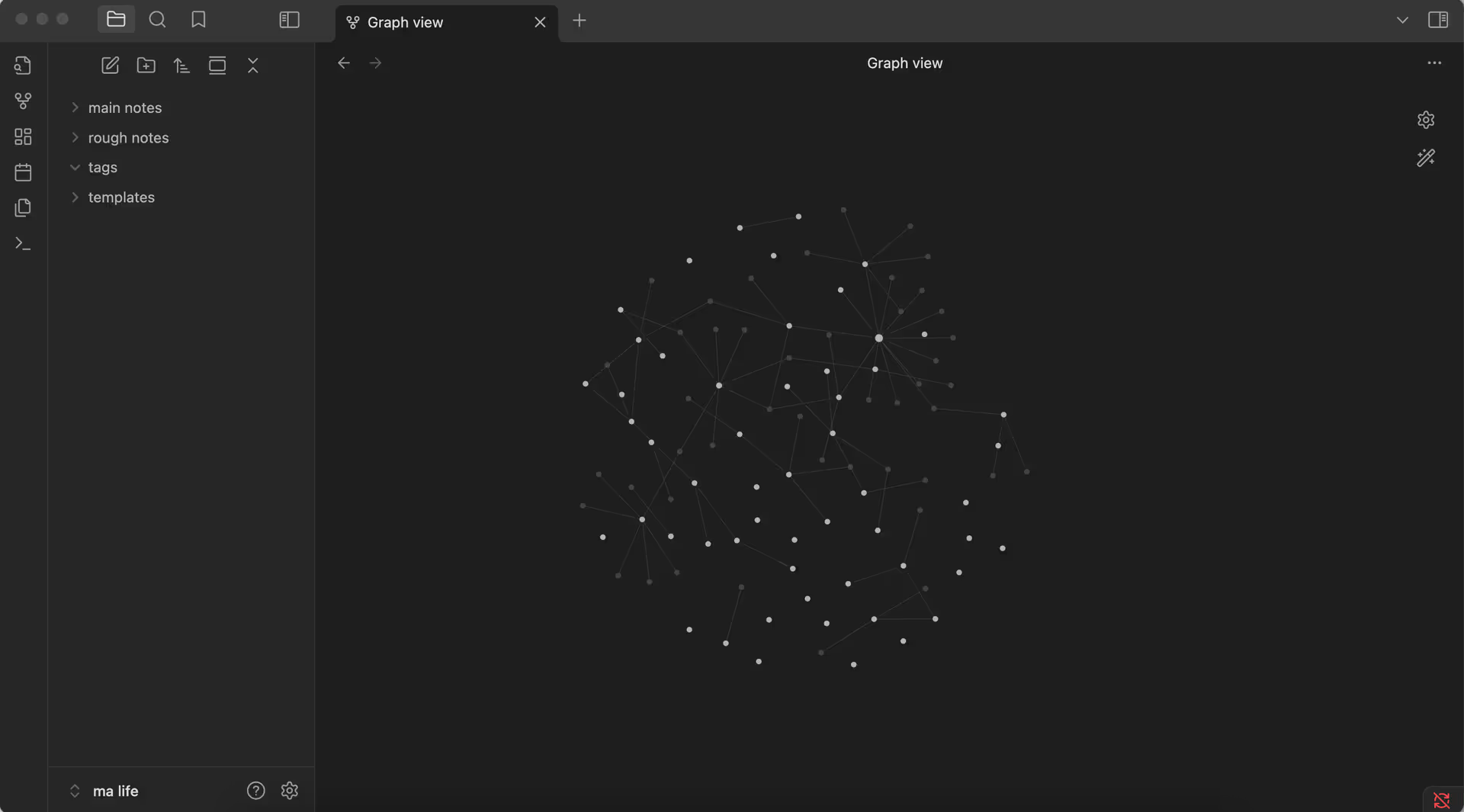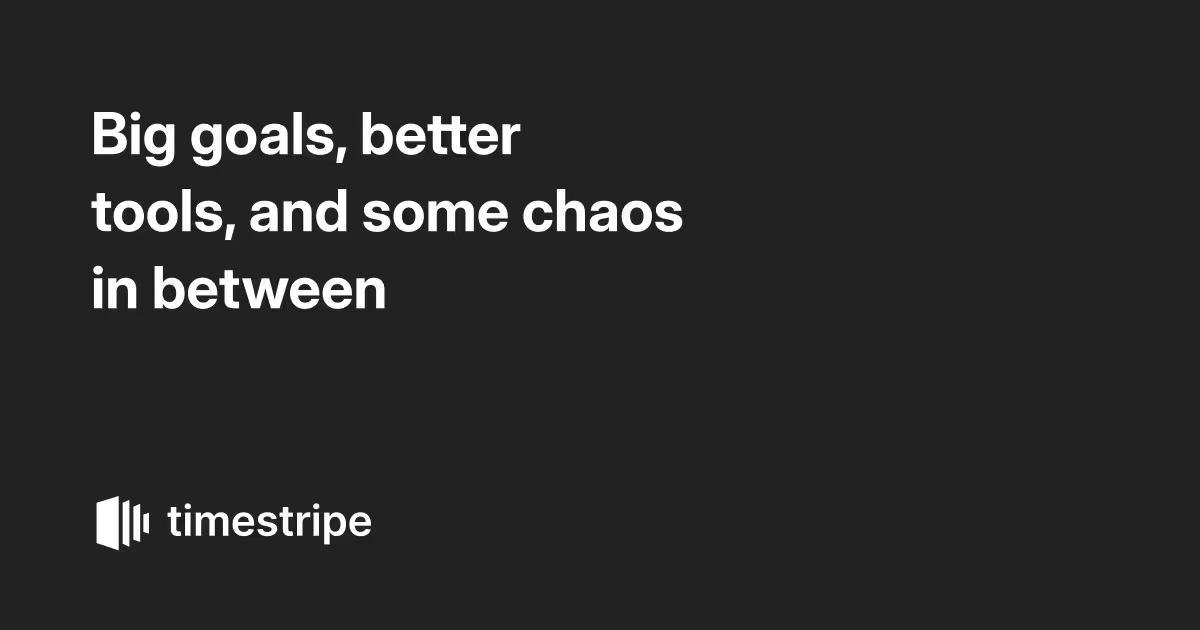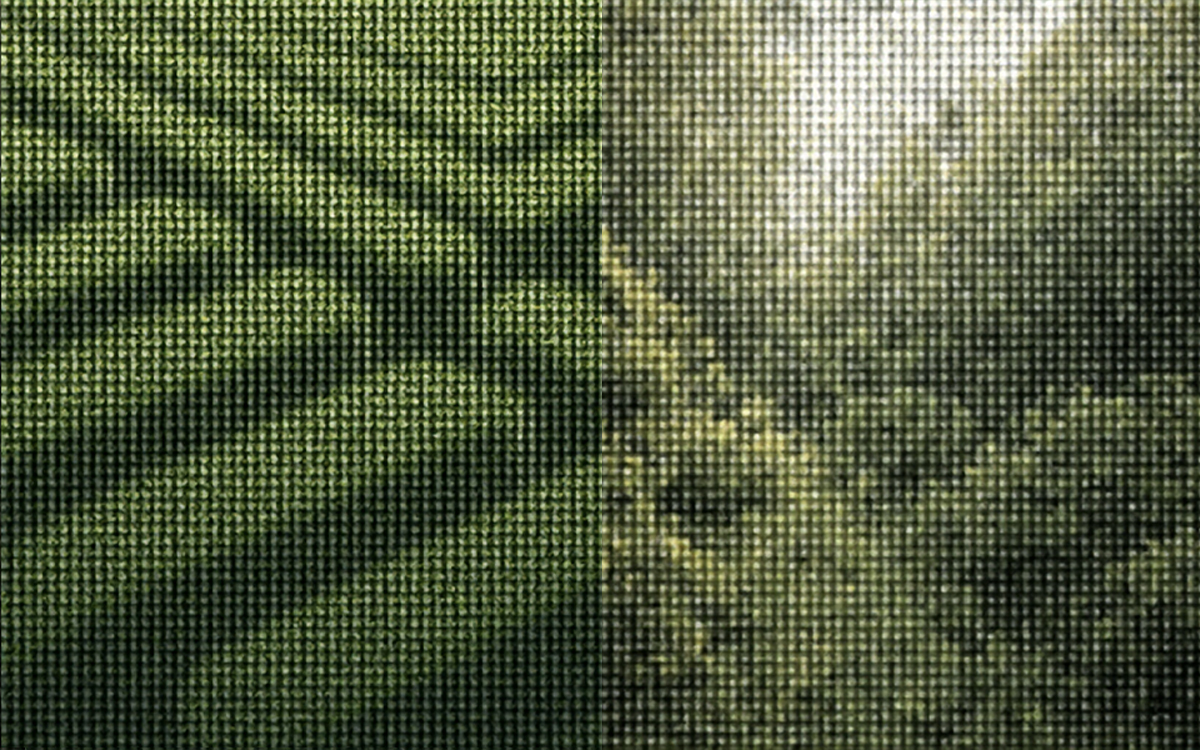Grow Your Digital Mind Garden with 3 Tools for Learning

Introduction
You probably know the feeling: a random YouTube video on sustainable design theory has you itching to pick up a new book. Or a podcast about Japanese poetry sends you down a rabbit hole, dreaming of getting into a master’s program. Maybe it’s coding a game, studying fungi, or unraveling AI ethics—your brain lights up, but a week later, the spark’s gone. Life gets busy, notes get lost, and motivation fades. If this sounds familiar, you’re not alone.A digital mind garden offers a solution with a space to nurture your ideas and keep them alive. We, the authors of Timestripe Magazine, have crafted a workflow using three tools: Obsidian, Timestripe, and Are.na, to help you explore your passions. This flow makes diving into new interests feel effortless and keeps your curiosity burning. Let’s dive into what a digital mind garden is and how it works.
What Is a Digital Mind Garden?
A digital mind garden is a personal, evolving space for your thoughts, inspired by the way plants grow: messy, organic, interconnected. It’s not a stiff notebook or simple to-do app. Instead, it’s a web of thoughts where a note on typography might link to a documentary about Bauhaus or a goal to sketch daily. Creators like Maggie Appleton and Tim Rodenbröker describe it as planting “seeds”, small ideas that sprout over time. The concept builds on older ideas of networked knowledge, like Vannevar Bush’s 1945 “Memex”, a hypothetical visionary device for linking ideas, or Ted Nelson’s 1960s hypertext, which imagined nonlinear connections and led to the Xanadu project. Today’s digital gardens bring their dreams to life. For those of us who juggle passions like learning guitar or studying design trends but lose momentum, it’s a game-changer. It’s also for life’s bigger questions, as figuring out your values, career path, or how to live meaningfully, where interconnections reveal how your thoughts weave together. Neuroscientists like Wendy Wood say the trick to sticking with new interests lies in your environment: make it easy to keep going, and habits form naturally. A digital garden, built with the right tools, makes revisiting and growing your interests effortless, turning fleeting sparks into lasting pursuits.
Tool 1: Obsidian – Your Garden’s Foundation

Obsidian is the bedrock of your garden, a note-taking app that lets you capture and connect ideas without forcing them into boxes. Each note is a seed: a lyric idea, a philosophy quote, or a thought about neural networks. Its power comes from linking: type in a note about AI, and it connects to your existing thoughts on the topic. Over time, these links create a visual graph, like a map of your brain’s wanderings.
Start by downloading Obsidian and creating a vault (a folder for notes). Write one note daily, even if it’s just a sentence, like “Cubism feels like visual jazz.” Link it to related ideas, like [[Picasso]] or [[rhythm]]. If you’re stuck, Obsidian’s Canvas plugin lets you sketch mind maps, while Dataview sorts notes dynamically. For creatives, Obsidian feels like a sketchbook and a place to play. When motivation dips, you can revisit your map, and one single note can pull you back in, reminding why you cared about that topic in the first place.
Tool 2: Timestripe – Your Garden’s Rhythm
Timestripe adds structure to your garden, like the seasons that nudge plants to grow. It’s a goal-setting and reflection tool that helps you sustain momentum, especially when excitement fades. Ever start learning web design only to abandon it after a week? Timestripe keeps you grounded by tying your interests to small, trackable steps. Its timeline view shows how daily efforts add up, which neuroscientists say boosts motivation by triggering a sense of progress. Also, let Timestripe’s Climbs guide you through structured learning, like mastering design principles in 20 days.
Sign up for Timestripe and add a goal, like “dive into film photography”. Break it into steps: “read about aperture this month”, “shoot one roll next week.” Or, for marketers, save an Are.na article on consumer behavior and set Timestripe goals to test a campaign. Each evening, spend five minutes reflecting on what you learn or tried. These notes sync with Obsidian if you link them (Timestripe plays nicely with it). For example, a reflection on “overexposed shots” might link to an Obsidian note on “light in art”. Timestripe’s gentle rhythm, plan, act, reflect, makes sticking with your passions feel less daunting, turning fleeting interests into steady growth.
Tool 3: Are.na – Your Garden’s Muse

Are.na, a platform for curating and connecting ideas, is like a greenhouse where you collect inspiration from the world. It’s ideal for creatives who thrive on visuals and cross-disciplinary sparks. You create or find already existing “channels” to gather “blocks”: photos of Brutalist architecture, an essay on chaos theory, a link to a glitch art tutorial. These blocks can link across channels, sparking new ideas, like connecting “urban design” to “sci-fi aesthetics”.
Join Are.na, browse public channels for fresh perspectives. Save a block to Obsidian for deeper notes or tie it to a Timestripe goal. This platform keeps your garden vibrant, feeding it new ideas. When motivation stalls, scrolling a channel or adding a block can reignite that initial spark, pulling you back to your creative flow.
Bringing It All Together
Here’s how it works in practice: you find an article about fundamental design principles like balance and hierarchy. In Obsidian, you write a note summarizing key concepts, linking it to existing notes on “typography” and “user experience”. Inspired, you set a Timestripe goal to apply these principles to a work project, with weekly reflections on how contrast or alignment shapes your designs. Are.na sparks the idea, Obsidian organizes your insights, and Timestripe keeps your learning steady.
To make your garden thrive, keep it simple. Write one note a day in Obsidian, add a block to an Are.na channel weekly, and reflect and plan in Timestripe each evening. Don’t overplan; gardens grow through small, consistent acts. This workflow also helps you learn outside of university, which could be tough without a framework. Build a habit of digging into what truly matters to you, like design or life’s big questions. Revisit old notes, tweak connections, and let ideas evolve. Obsidian is your hub: pull in Are.na’s inspirations and Timestripe’s reflections. Neuroscience backs this: a low-friction environment, like these three tools, makes returning to your growth effortless. For creatives and learners, this is where curiosity and professional skills flourish.
Your bursts of excitement, whether for poetry, coding, or mycology, deserve a home. A digital mind garden, built with Obsidian, Timestripe, and Are.na, gives them one. Obsidian anchors your thoughts, Timestripe provides rhythm, and Are.na fuels inspiration, together creating an environment where motivation can take root. Start small: try one tool this week. Share your garden’s progress with the Timestripe community, and watch your passions flourish, one idea at a time.
Read next

Ready to grow your digital mind garden?
Try Timestripe and start linking your ideas now.
Get Started

